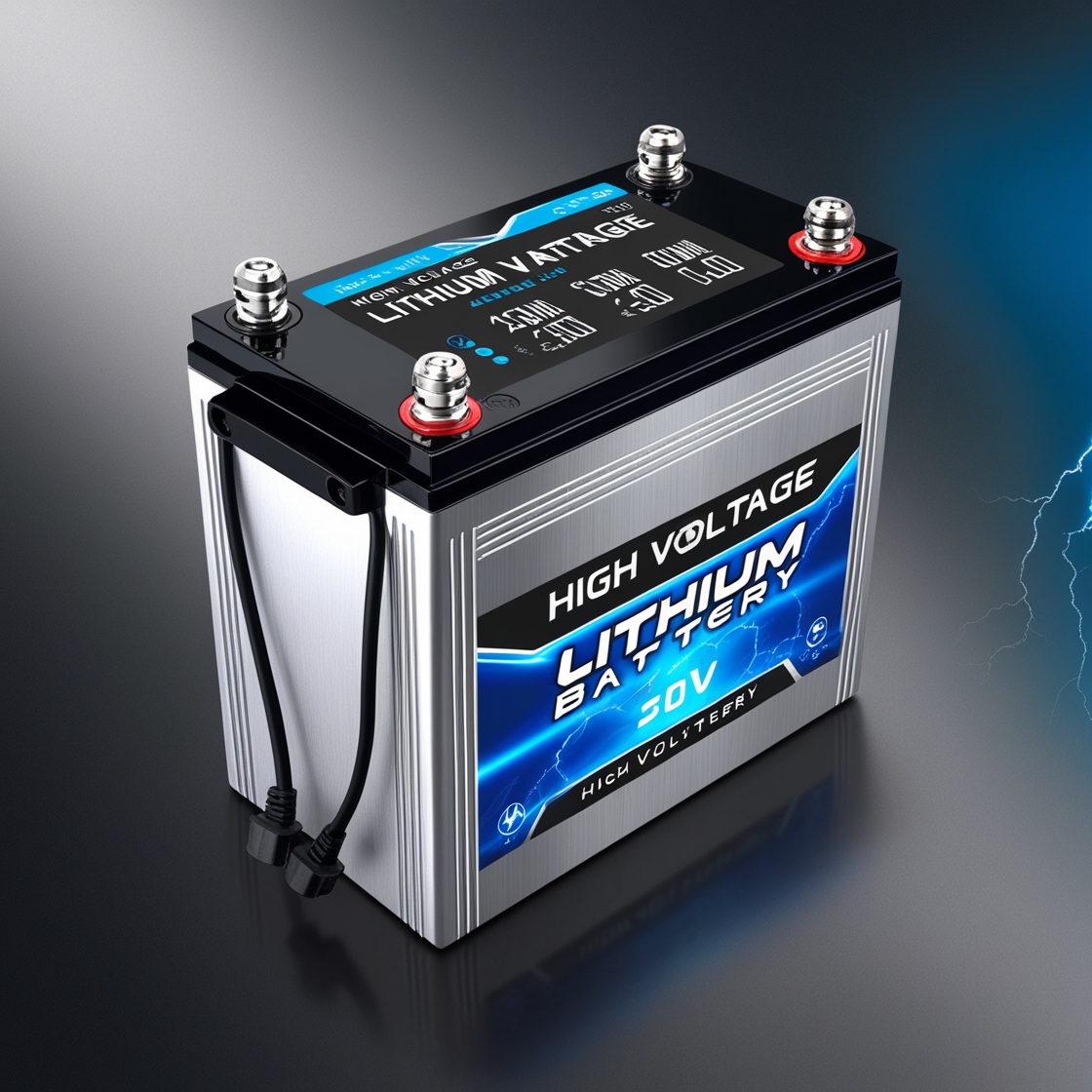Introduction:
Lithium batteries have become an integral part of our daily lives, powering everything from smartphones and laptops to electric vehicles and renewable energy storage systems. In the field of lithium batteries, there are two main categories: low voltage (LV) batteries and high voltage (HV) batteries. Understanding the differences between these two types of lithium batteries is critical to choosing the right power source for a specific application.
Low voltage (LV) lithium battery:
Low-voltage lithium batteries usually operate at voltages below 60V. These batteries are commonly used in portable electronic devices, power tools, and small energy storage systems. Low-voltage batteries are known for their compact size, lightweight design and high energy density, making them ideal for applications where space and weight are critical.
Low-voltage lithium batteries are also known for their relatively low cost compared to high-voltage batteries. This makes them a popular choice for consumer electronics and other low-power applications. Additionally, low-voltage batteries are easier to manage and maintain due to lower voltage levels, which can simplify the design and implementation of battery management systems.
.jpg)

High voltage (HV) lithium battery:
High-voltage lithium batteries have an operating voltage higher than 60V. These batteries are commonly used in electric vehicles, grid-scale energy storage systems, and industrial applications requiring high power output and energy capacity. High-voltage batteries are designed to deliver high performance and efficiency, making them suitable for demanding high-power applications.
One of the main differences between low-voltage and high-voltage batteries is their energy density. High-voltage batteries generally have higher energy density than low-voltage batteries, allowing them to store more energy within a given volume or weight. This high energy density is critical for applications such as electric vehicles, where maximizing driving range and power output are key factors.
Another important difference is the complexity of the battery management system required for high-voltage batteries. Because high-voltage batteries have higher voltage levels and power outputs, more complex and powerful battery management systems are required to ensure safe and efficient operation. This complexity increases the overall cost and technical challenges associated with high-voltage battery systems.
Security Considerations:
For lithium batteries, whether low or high voltage, safety is a key factor. However, high-voltage batteries pose additional safety challenges due to their higher voltage and energy levels. Proper handling, storage, and maintenance of high-voltage batteries are critical to preventing potential safety hazards such as thermal runaway, overcharging, and short circuits.
Low-voltage batteries, while generally considered safer due to their lower voltage levels, still require proper handling and maintenance to mitigate the risk of thermal events and other safety issues. Regardless of the voltage level, it is important to follow manufacturer guidelines and industry best practices for safe use of lithium batteries.
.jpg)
Impact on the environment:
Both low-voltage and high-voltage lithium batteries have an impact on the environment, particularly in their manufacturing processes and end-of-life disposal. The extraction and processing of lithium and other materials used in battery production can have environmental impacts, including resource depletion and pollution. Additionally, proper recycling and disposal of lithium batteries is critical to minimizing their environmental footprint.
When comparing low-voltage and high-voltage batteries, it is important to consider the environmental impact of their production, use and disposal. High-voltage batteries may have a greater impact on the environment due to their larger size and higher energy capacity than low-voltage batteries. However, advances in battery recycling and sustainable manufacturing practices are continuing to improve the environmental performance of lithium batteries.
Conclusion:
The differences between low-voltage and high-voltage lithium batteries are significant and should be carefully considered when selecting a battery for a specific application. Low-voltage batteries are ideal for portable electronics, power tools and small energy storage, with their compact size, lightweight design and lower cost. High-voltage batteries, on the other hand, are designed for high-power applications such as electric vehicles and grid-scale energy storage, offering higher energy density and performance.
Regardless of the type of lithium battery, safety and environmental factors should always be prioritized. Proper handling, maintenance and disposal of lithium batteries is critical to ensuring their safe and sustainable use. As technology continues to advance, developing lithium batteries with improved safety, performance and environmental sustainability will play a vital role in shaping the future of energy storage and electrification.
Request for Quotation:
Jacqueline: jacqueline@heltec-energy.com / +86 185 8375 6538
Sucre: sucre@heltec-bms.com / +86 136 8844 2313
Nancy: nancy@heltec-energy.com / +86 184 8223 7713
Post time: Aug-07-2024
